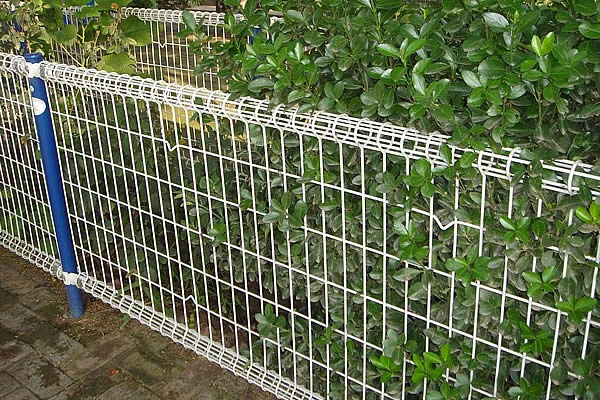 TEL:
+86-13102802206
TEL:
+86-13102802206
 Email:
fencenetting@china.com
Email:
fencenetting@china.com
 Language
Language
 TEL:
+86-13102802206
TEL:
+86-13102802206
 Email:
fencenetting@china.com
Email:
fencenetting@china.com
 Language
Language


The Significance of Wire for Iron in Modern Applications
In the contemporary world, where industrialization and technological advancements dominate, materials play a crucial role in shaping our everyday lives. Among these materials, wire for iron stands out as a pivotal element in various applications, from construction to manufacturing, and even in the arts. Its versatility and strength make it an indispensable asset in numerous industries.
Iron wire, which is forged from iron or steel, is characterized by its durability and resilience. This property renders it particularly useful for various structural and decorative purposes. In construction, for instance, wire for iron is commonly employed as reinforcement. Concrete structures utilize iron wire mesh to enhance their tensile strength, preventing cracks and ensuring that buildings can withstand considerable stresses. This application is crucial for creating safe and durable infrastructure, ranging from bridges to skyscrapers.
Moreover, iron wire is utilized extensively in the manufacturing sector. It serves as a fundamental component in the creation of machinery and tools, providing strength and stability to various products. For example, manufacturers often rely on iron wire to create springs, which are essential in products like automotive parts, appliances, and even toys. The reliability of iron wire, thanks to its high tensile strength, enables manufacturers to produce quality components that can endure wear and tear over time.
In addition to its functional benefits, wire for iron also plays a prominent role in art and design
. Artists and designers leverage the malleability of iron wire to create intricate sculptures and decorative pieces. The flexibility of the material allows for creative expression, as artists can bend and shape it into various forms, from graceful curves to abstract shapes. This has led to the emergence of wire art as a distinctive genre, where artisans showcase their craftsmanship and creativity. The visual appeal of iron wire sculptures often captures attention, adding an industrial yet elegant touch to art installations.
Furthermore, wire for iron has a vital role in the agricultural sector. Farmers utilize iron wire for fencing, which effectively protects livestock and crops from potential threats. The use of robust iron wire ensures that animals are securely contained within designated areas while also keeping predators at bay. In this context, wire for iron becomes a silent guardian, maintaining the balance between agricultural productivity and security.
In terms of sustainability, the recyclability of iron wire is another advantage that cannot be overlooked. Iron is one of the most recycled materials globally, and utilizing recyclable iron wire significantly reduces the environmental footprint. By recycling steel and iron, industries contribute to conserving natural resources and lowering energy consumption associated with production processes. This attribute aligns with the growing emphasis on sustainable practices in manufacturing and construction, further solidifying the importance of wire for iron in today's eco-conscious world.
The versatility of wire for iron also extends to the realm of DIY projects. Home improvement enthusiasts frequently utilize iron wire for a variety of applications, from crafting garden trellises to creating decorative wall hangings. Its strength and adaptability make it an ideal choice for individuals looking to embark on creative endeavors or practical home enhancements.
In conclusion, wire for iron is a multifaceted material that profoundly influences diverse sectors of society. Its applications range from reinforcing infrastructure to contributing to artistic expressions and facilitating agricultural practices. As industries continue to evolve and innovate, the role of iron wire remains steadfast, proving that even simple materials can possess immense significance. By understanding and appreciating the value of wire for iron, we can better recognize the interconnectedness of materials and their influence on our built environment, art, and daily lives. As we look to the future, it is essential to continue exploring the potential of this remarkable material, ensuring that it meets the challenges and demands of an ever-changing world.